What to See in Ephesus? A Journey Through Its History and Wonders
Ephesus, one of the most iconic cities of antiquity, is now an extensive archaeological site and open-air museum that astonishes all its visitors. With well-preserved streets and remains of impressive buildings, Ephesus transports us to the splendor of the classical and Roman eras. This guide will help you plan your visit and discover the best of this fascinating place.
The Ephesus Site: Must-See Attractions
Magnesian Gate
One of the three main entrances to Ephesus, the Magnesian Gate connects the path to the House of the Virgin Mary. This gate symbolized the official entry to the city and marked the start of its historical journey.
East Gymnasium
Built in the 2nd century AD, this complex combines a gymnasium and Roman baths. Its design reflects the importance of physical exercise and hygiene in the daily lives of Ephesians.
Tomb of St. Luke
A symbolic site that honors the apostle and evangelist Luke. Though its authenticity is debated, this place pays tribute to his Christian legacy in the region.
Roman Baths
Ephesus featured several baths, such as the Baths of Varius and the Baths of Constantine, which served not only for hygiene but also as social spaces for the inhabitants.
State Agora
A governmental and business hub, the State Agora was built by the Romans in the 1st century BC. Here, important matters were discussed away from the commercial activities of the Commercial Agora.
The Fountain of Laecanius Bassus
Also known as Hydrekdocheion, this 1st-century AD fountain is notable for its decorated façade and statues of muses and tritons, now displayed in the Ephesus Museum.
The Basilica
Measuring 160 meters in length, this Roman structure was used for business and courts. Its Ionic columns adorned with bull heads are a notable architectural detail.
The Library of Celsus
An iconic monument built in honor of Gaius Julius Celsus Polemaeanus. Its impressive façade and history as a mausoleum make it one of the most photographed spots in Ephesus.
The Theater of Ephesus
This imposing theater, with a capacity of 25,000 people, was adapted and expanded by the Romans. In addition to theatrical performances, it was also used for speeches and public spectacles.
Terrace Houses
Known as the “houses of the wealthy,” these residences were decorated with frescoes and mosaics, offering a glimpse into the luxury and private life of Ephesus’s elite.
Surroundings of Ephesus: Nearby Explorations
Temple of Artemis
One of the Seven Wonders of the Ancient World, this temple was dedicated to Artemis, the Greek goddess of hunting and fertility. Although only one column remains standing, it remains a symbol of Ephesus’s grandeur.
House of the Virgin Mary
Considered a sacred place by Christians and Muslims, it is said that the Virgin Mary lived here in her final years. Its tranquil atmosphere attracts pilgrims from around the world.
Basilica of St. John
Built by Emperor Justinian, this basilica marks the site where St. John, one of Jesus’s closest disciples, is believed to be buried.
Selçuk
Just 2 kilometers from Ephesus, Selçuk is a charming town known for its bazaar and proximity to other historical sites such as the Ayasoluk Fortress.
Sirince Village
A picturesque village famous for its traditional architecture, local wines, and history shared between Turkish and Greek cultures.
Practical Tips for Your Visit
- Recommended Time: Allocate at least two nights to explore Ephesus and its surroundings.
- Best Season: Spring and autumn, to avoid the extreme heat of summer.
- Transport: If traveling by cruise, consider guided tours that include private transportation and an expert guide.
Conclusion
Ephesus is a destination that combines history, culture, and architecture in an impressive setting. From its iconic monuments to its charming surroundings, this ancient city offers an unforgettable experience for those seeking to immerse themselves in the glorious past of the ancient world.

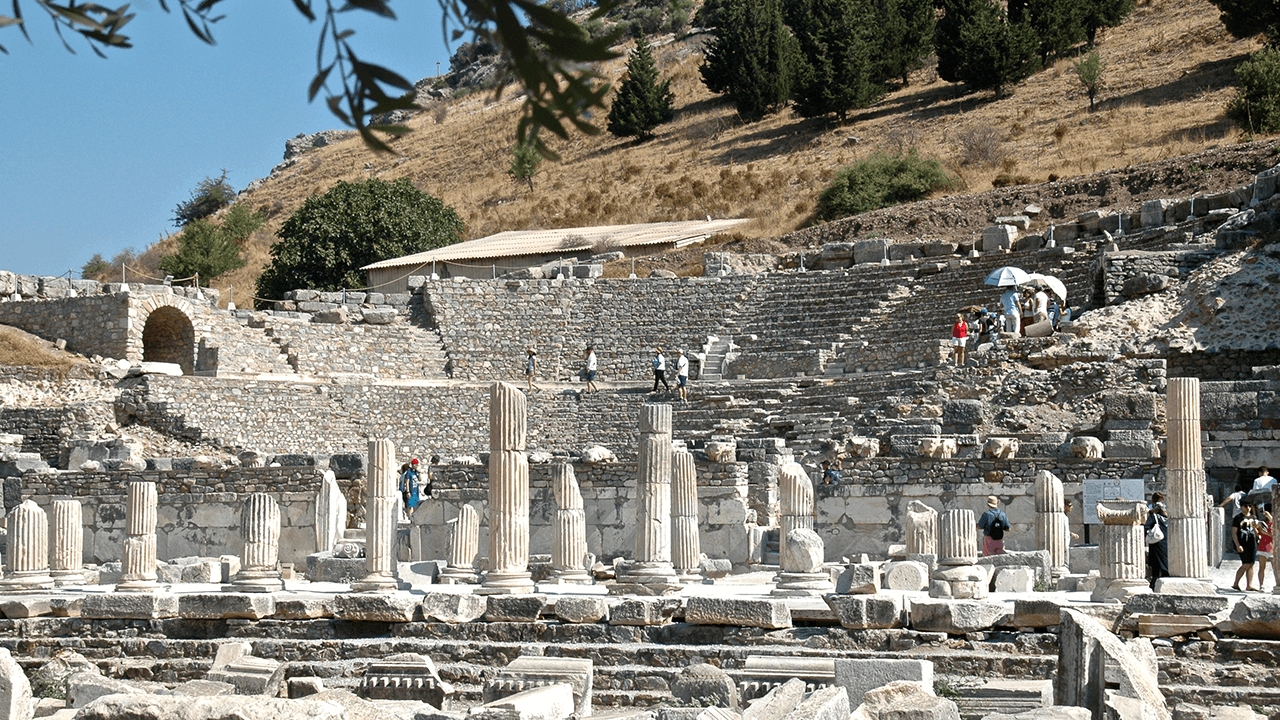
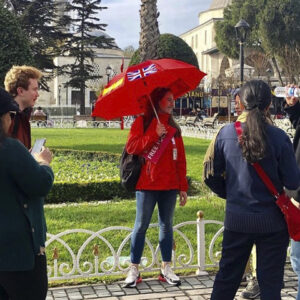




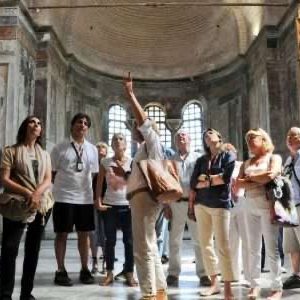
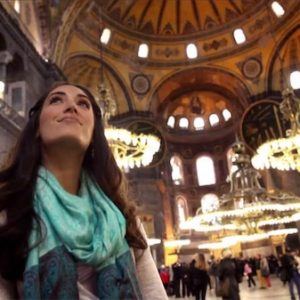
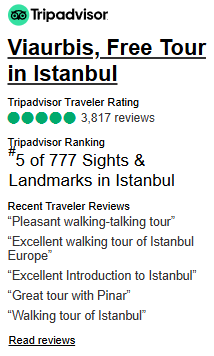
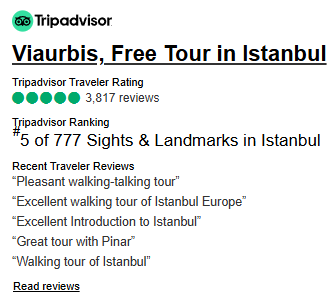
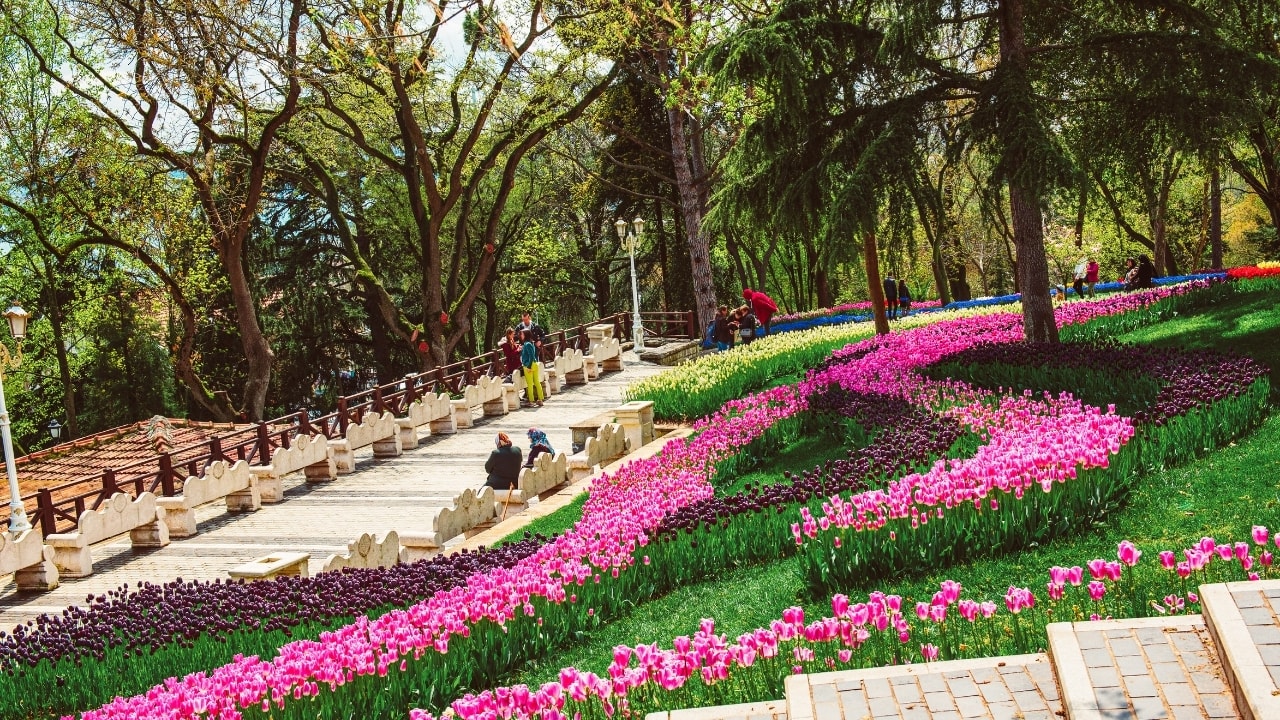


3 thoughts on “What to See in Ephesus?”
★★★★★
Discovering ‘What to See in Ephesus?’ was one of the highlights of my trip. Don’t miss out on this gem!
★★★★★
Every moment spent at ‘What to See in Ephesus?’ was filled with wonder and learning. It’s a place I will always cherish.
★★★★★
My journey to ‘What to See in Ephesus?’ was nothing short of amazing. A must-see for anyone exploring the area!